By Melissa Arnold
When Russia first began its major assault on Ukraine earlier this year, the whole world turned its eyes on the conflict. As days turned into weeks and scenes of destruction played out on screens everywhere, it seemed like everyone had the same questions: How will this end? What can we do?
Among them was Lyn Boland, co-director of the Port Jefferson Documentary Series (PJDS). “I must ask myself at least once a day what more I could be doing, because this situation is so heartbreaking,” she said.

Photo courtesy of National Geographic
Boland, co-directors Barbara Sverd and Wendy Feinberg, and board members Honey Katz, Lorie Rothstein and Lynn Rein put their heads together to create an inspiring event to support Ukrainian people in need. On Monday, May 9, they will host a screening of the film We Feed People, a family-friendly documentary about generosity, food and its power to heal.
Directed by Ron Howard, the National Geographic film tells the story of chef Jose Andres, the Spanish-born founder of World Central Kitchen. The not-for-profit organization is dedicated to feeding communities impacted by natural disasters and humanitarian crises around the globe.
“I have found that in the most challenging moments, food is the fastest way to rebuild a sense of community,” Andres said in the film. “A humble plate of food is just the beginning … there is no limit to what we can achieve when we come together and just start cooking.”
The documentary was already completed when Ukraine was invaded, but World Central Kitchen has been on the ground there ever since, helping to provide food and other basic needs.
Boland said that a contact from National Geographic reached out to the arts council recently, offering the film for consideration in the Port Jefferson Documentary Series. The spring lineup was already planned, but Boland asked if they’d be willing to screen the film as a benefit instead. All proceeds from the screening will be sent to World Central Kitchen to provide immediate support to Ukrainians in need.
“Getting to see Jose Andres in action, and the embrace of humanity that he has, is incredible. He has a way of pulling everyone in,” Boland said.

Photo courtesy of National Geographic
Andres started from the bottom in various kitchens when he arrived in America in the 1990s. Over time, he worked his way through the ranks and eventually became a restaurant owner and cookbook author with his own massive following. He founded World Central Kitchen in 2010 in response to the earthquake in Haiti, and since then, it’s been his way of giving back through his greatest passions.
We Feed People takes viewers inside planes, trucks and kitchens as Andres and his team deliver food over a 10-year period.
Following the movie screening, there will be a live Q&A session via Zoom with the film’s producer Meredith Kaulfers and Ukrainian singer Olha Tsvyntarna, who fled her country for safety a month and a half ago. Tom Needham, host of “The Sounds of Film” on 90.1 WUSB-FM radio, will serve as moderator.
“What’s happening in Ukraine is an abomination, and the people there need the whole world to step up and help them,” said Allan Varela, chair of the Greater Port Jefferson-Northern Brookhaven Arts Council, which sponsors the Port Jefferson Documentary Series.
“Our mission at the arts council is to bring joy to our communities and expose people to ideas and subjects they may not otherwise know about. For us, we can use our artistic mission to raise awareness, create a fundraiser and ultimately do our part to assist the Ukrainian people.”
Varela also expressed gratitude to Lori and Tom Lucki of Riverhead Toyota for covering all expenses for the screening.
We Feed People: A Fundraiser for Ukraine will be held at John F. Kennedy Middle School, 200 Jayne Blvd, Port Jefferson Station on May 9 at 7 p.m. Tickets are $10.69 per person online at www.portjeffdocumentaryseries.com ($10 from each ticket will be sent to World Central Kitchen, and the remaining $0.69 will be used to cover Paypal fees for the donation) or $10 at the door (cash only).
For more information about this event, email to [email protected].


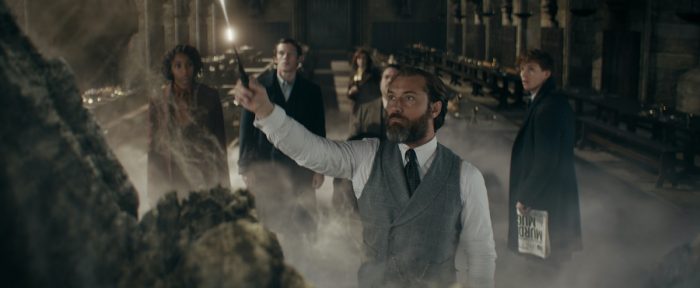
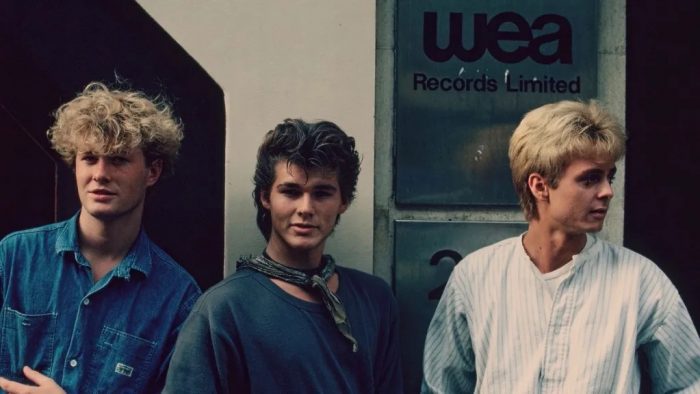


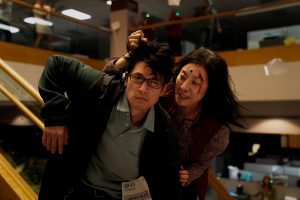
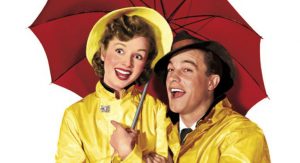
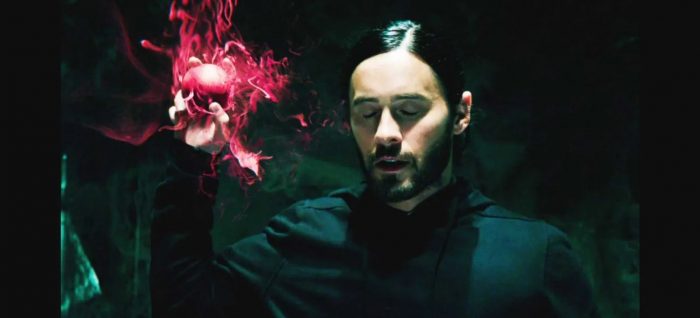
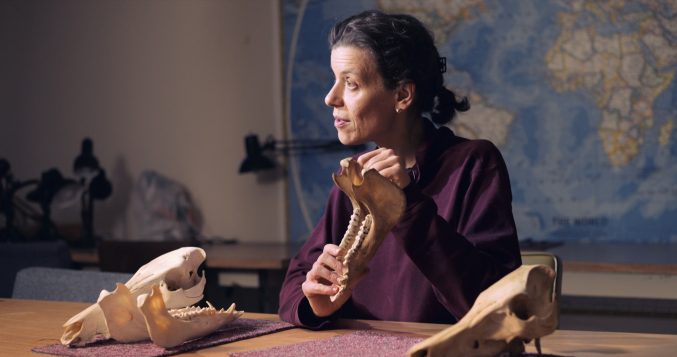








 Distributed by the National Educational Television Association, Magnificent Beast premieres locally at 10 p.m. Thursday, March 31 on WLIW Channel 21. The documentary will air on PBS stations nationwide (check local listings) and stream on www.PBS.org. For more information, visit www.magnificentbeastmovie.com.
Distributed by the National Educational Television Association, Magnificent Beast premieres locally at 10 p.m. Thursday, March 31 on WLIW Channel 21. The documentary will air on PBS stations nationwide (check local listings) and stream on www.PBS.org. For more information, visit www.magnificentbeastmovie.com.







